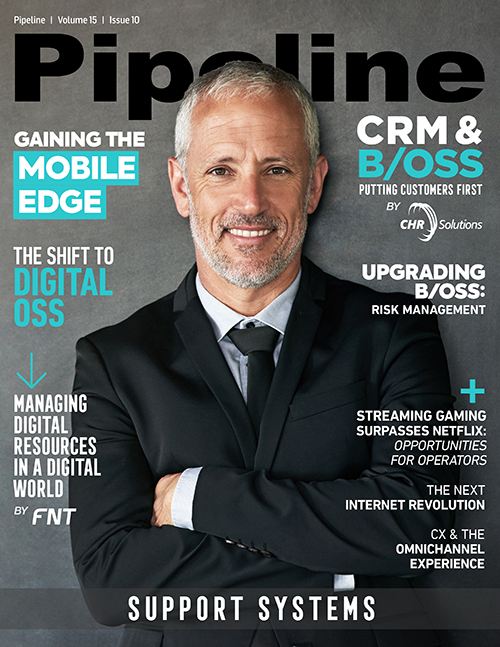Telecom Industry News
Network Evolution News
As ever, network evolution news focused on expansions, enhancements, optimizations, and firsts. In the UK, BT has chosen ADVA’s high-capacity, future-proof Oscilloquartz synchronization technology to bring 4G coverage to previously underserved areas and begin the rollout of 5G services across the region.
In other global news, Orange Business Services has signed a five-year contract with Polynt, a leading provider of chemical composites, for a global WAN to connect 44 sites in 15 countries on four continents. The WAN will support Polynt’s growth and serve as a platform for unified communications technologies.
By establishing its first Point of Presence in Malaysia, Epsilon has strengthened its global network. Now, service providers and enterprises in Malaysia can interconnect with Epsilon’s global network fabric and access connectivity solutions on-demand, via Epsilon’s partnership with SEAX Singapore on its Kuala Lumpur PoP.
In the US, Consolidated Communications has launched 1 Gigabit Internet speeds in its rural New York service areas. Via FTTP broadband technology, more than 30 communities now have broadband access, including 10,000 business and residential locations. Consolidated Communications has also launched its next-generation Cloud Secure solution in response to the reality that over 60 percent of small and medium businesses have experienced a security breach in the last year. Its enhancements give businesses greater bandwidth throughput and new security threat and vulnerability reviews to assess risk.
SiFi Networks plans to deliver the first privately funded open access FiberCity™ in Fullerton, California—the biggest network of its kind and the first of several cities already in line to be next. In Fullerton, the investment SiFi and Smart City Infrastructure Fund are making will deliver fiber optic infrastructure as a core utility. HomeGrid Forum declared it sees VLC (Visible Light Communication), modulated with G.hn technology, as the next major innovation in realizing the full potential of smart home and smart city development, touting the technology’s low latency, low power consumption, enhanced security, and easy installation. And Juniper Research has released findings that Smart City lighting deployment will save cities up to 50 percent per light in costs by 2023. Conversion to energy-efficient LEDs and the addition of connectivity to monitor and control each individual light will contribute to the savings.
The FCC repealed a rule that passed in 2011 aimed at limiting universal service support by rural carriers whose rates are below a set minimum rate. Known as the ‘rate floor,’ the rule—by unintended effect—would have raised local telephone rates for many rural consumers by nearly 50% by July 2019.
5G News
News of 5G advancements came in from several areas in Europe. In Switzerland, Ericsson and Swisscom switched on the first European 5G network for commercially available smartphones. The partners had prepared in advance by having the component parts in place, so the launch, which took place on April 17, depended on the issuance of a commercial license. A1 and Nokia have expanded their existing partnership for deployment of next-generation 5G mobile communications in Austria, building on their successful past roll-outs of 3G, 4G/LTE, and the country’s largest fiber-optic network.


















